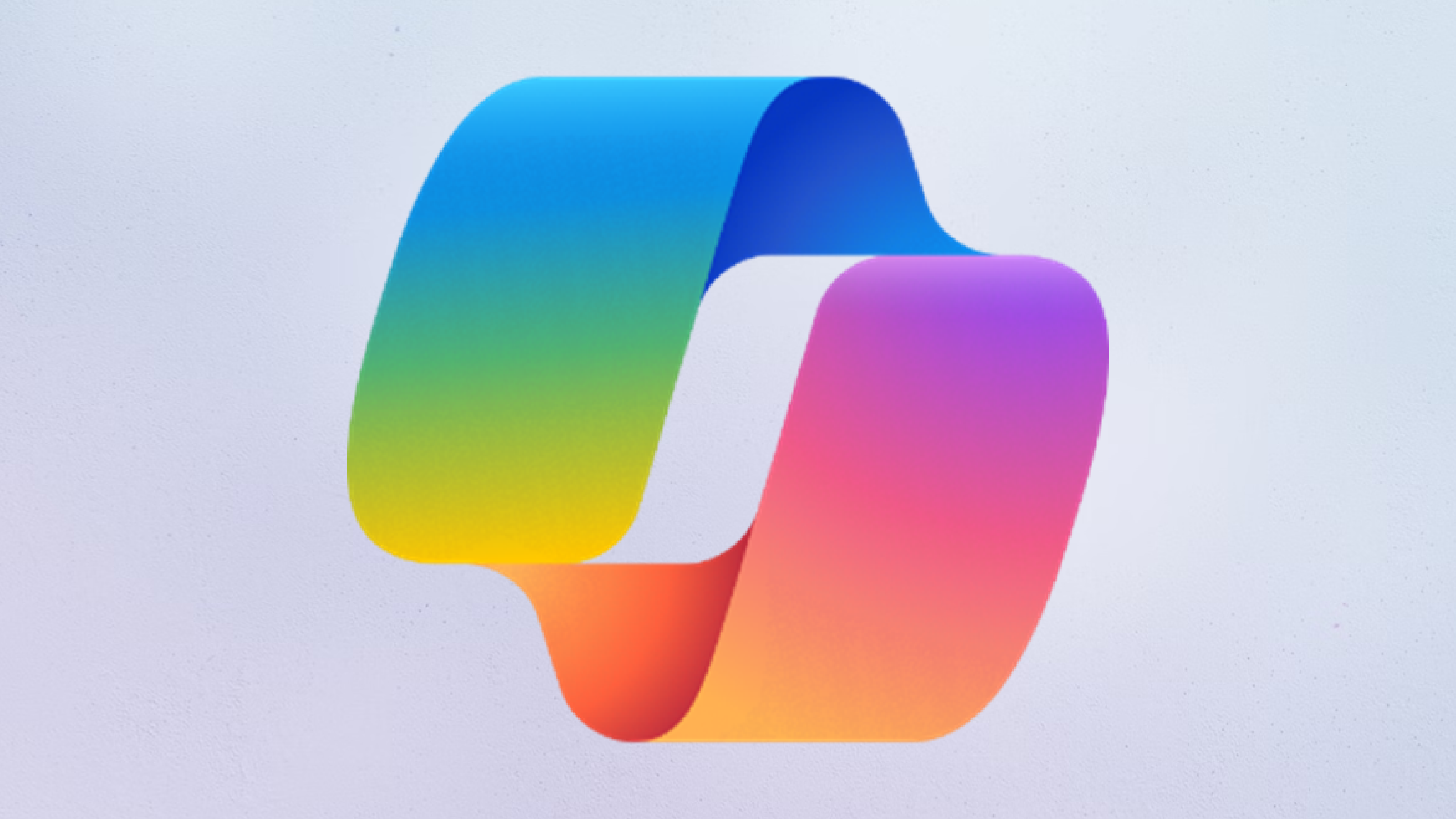Integrate GenAI in 1-2-3
Popular applications like ChatGPT are already widely used. However, the tone changes when we want to use tools like Bing Chat Enterprise or Microsoft 365 Copilot soon with our own company data. To prepare your business for this, it is best to pay attention and devote time to the following matters:
1. Evaluate your data
We cannot emphasize this enough: the quality of your data is directly connected to the effectiveness of a generative AI model. In the context of your business, it mainly has to do with the structure and organization of your data and the content accuracy. Let's illustrate this with an example:
Your company is a producer of various basic products such as milk, water, grain, etc. As a sales manager, you want to make a proposal for a potential client and you ask your digital assistant for more information to create an appropriate proposal for your prospect. If your data is scattered across different departments that do not share their data thoughtfully with each other, you will always miss a piece of the puzzle when you are looking for information. If the 'milk' department does not share its data, you cannot find out that the customer in question may already be purchasing milk from a competitor.
The same applies to the accuracy of the data. Different datasets can cause confusion and yield incorrect results. If various departments or documents list different contacts for a client, it's difficult to determine which contact is the correct one.
2. Help discover AI
Naast de ordening van je data is het uiteraard nuttig om je werknemers aan te leren hoe ze met generative AI aan de slag moeten gaan. Hoewel velen onder ons ondertussen al geëxperimenteerd hebben, haalden we hierboven al aan dat prompts schrijven een kunst op zich is. Een workshop of cursus prompts schrijven of succesverhalen op basis van AI delen, is dus zeker geen slecht idee.
Create an environment that encourages learning and especially awareness of what AI is, how it works, and what it can do. In addition to focusing on the positive, it is also important to teach your employees to handle (generative) AI responsibly and to emphasize the flaws and dangers of the technology.
3. Consult an expert
With the right sparring partner by your side, you can truly get the most out of GenAI. An experienced expert can assist you and your company in correctly implementing this innovative technology and avoiding pitfalls. They can also discuss possibilities with you, develop use-cases, and create the most suitable AI strategy for your business.




